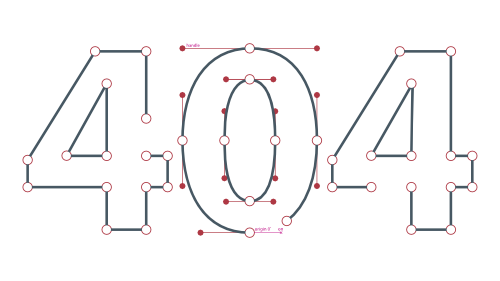
Page Not Found
The page you are looking for was not found. Please use the search engine or the website menu.

Latest Articles
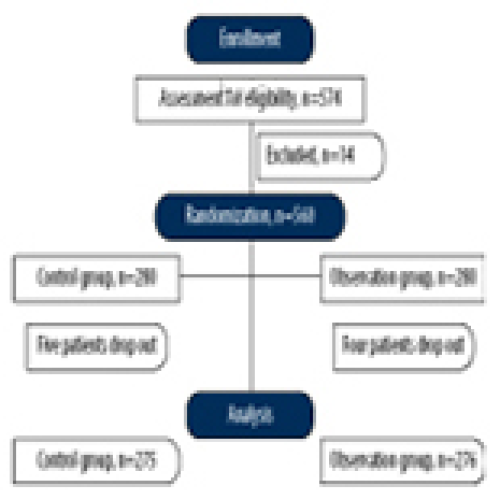
18 Apr 2024 : Clinical Research
Effects of Thermal Insulation on Recovery and Comfort of Patients Undergoing Holmium Laser Lithotripsy
Xiaoling Chen, Libin He
DOI: 10.12659/MSM.942836
Med Sci Monit 2024; 30:e942836
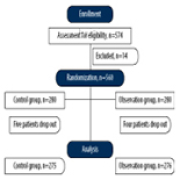
18 Apr 2024 : Clinical Research
Effects of Thermal Insulation on Recovery and Comfort of Patients Undergoing Holmium Laser Lithotripsy
Xiaoling Chen, Libin He
DOI: 10.12659/MSM.942836
Med Sci Monit 2024; 30:e942836
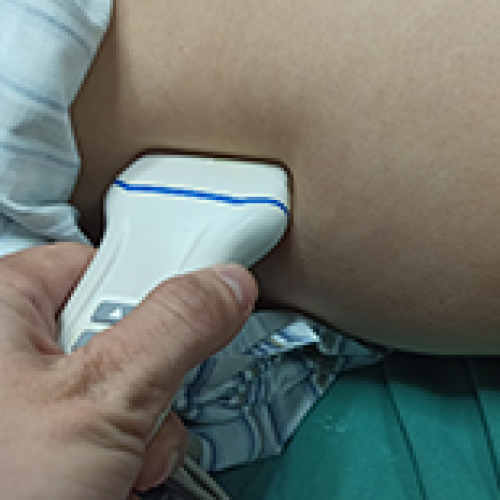
17 Apr 2024 : Clinical Research
Muscular Function Recovery from General Anesthesia in 132 Patients Undergoing Surgery with Acceleromyography, Combined Acceleromyography, and Ultrasonography, and without Monitoring Muscular Function
Shiqian Huang, Yu Pan
DOI: 10.12659/MSM.942780
Med Sci Monit 2024; 30:e942780
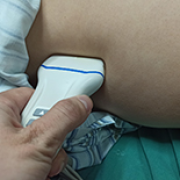
17 Apr 2024 : Clinical Research
Muscular Function Recovery from General Anesthesia in 132 Patients Undergoing Surgery with Acceleromyography, Combined Acceleromyography, and Ultrasonography, and without Monitoring Muscular Function
Shiqian Huang, Yu Pan
DOI: 10.12659/MSM.942780
Med Sci Monit 2024; 30:e942780
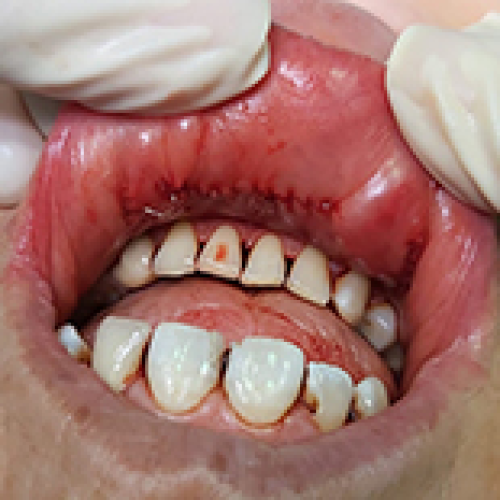
16 Apr 2024 : Clinical Research
Comparative Analysis of Transoral Endoscopic Parathyroidectomy Vestibular Approach and Focused Open Surgery for Primary Hyperparathyroidism Treatment: A Single Center Experience
Mehmet Zafer Sabuncuoglu ![]() , Isa Sozen
, Isa Sozen
DOI: 10.12659/MSM.944128
Med Sci Monit 2024; 30:e944128
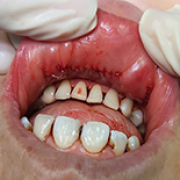
16 Apr 2024 : Clinical Research
Comparative Analysis of Transoral Endoscopic Parathyroidectomy Vestibular Approach and Focused Open Surgery for Primary Hyperparathyroidism Treatment: A Single Center Experience
Mehmet Zafer Sabuncuoglu ![]() , Isa Sozen
, Isa Sozen
DOI: 10.12659/MSM.944128
Med Sci Monit 2024; 30:e944128
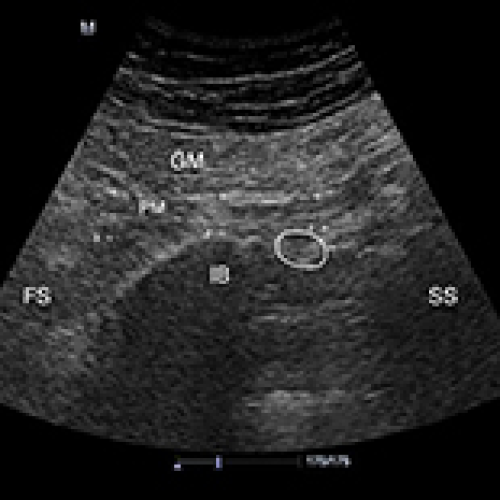
15 Apr 2024 : Clinical Research
Evaluation of the Interrater Reliability of Sonographic Measurements of Muscle Thickness of 38 Piriformis Muscles in 19 Patients with Piriformis Syndrome
Sibel Caglar, Ozden Ozyemisci-Taskiran
DOI: 10.12659/MSM.943720
Med Sci Monit 2024; 30:e943720
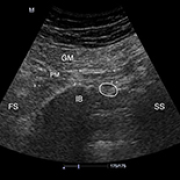
15 Apr 2024 : Clinical Research
Evaluation of the Interrater Reliability of Sonographic Measurements of Muscle Thickness of 38 Piriformis Muscles in 19 Patients with Piriformis Syndrome
Sibel Caglar, Ozden Ozyemisci-Taskiran
DOI: 10.12659/MSM.943720
Med Sci Monit 2024; 30:e943720
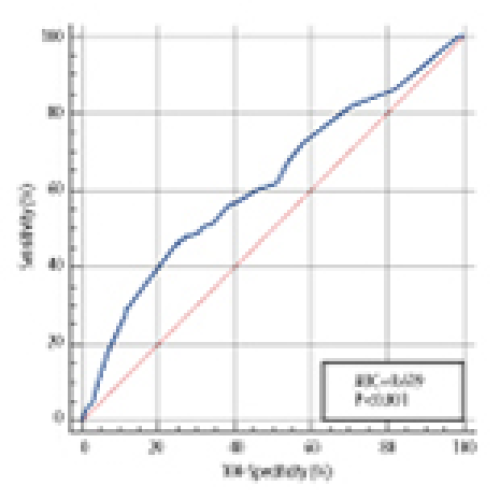
14 Apr 2024 : Clinical Research
Injury-Admission Time is an Independent Risk Factor for Deep Vein Thrombosis in Older Patients with Osteoporotic Hip Fracture
Xiuli Cui, Qingjun Liu
DOI: 10.12659/MSM.943587
Med Sci Monit 2024; 30:e943587
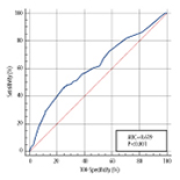
14 Apr 2024 : Clinical Research
Injury-Admission Time is an Independent Risk Factor for Deep Vein Thrombosis in Older Patients with Osteoporotic Hip Fracture
Xiuli Cui, Qingjun Liu
DOI: 10.12659/MSM.943587
Med Sci Monit 2024; 30:e943587
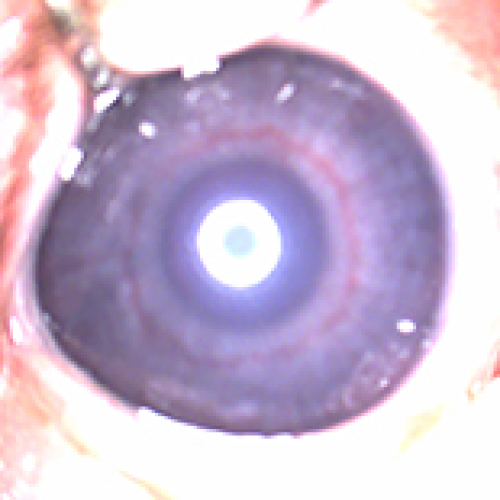
13 Apr 2024 : Clinical Research
Effect of Nasal Continuous Positive Airway Pressure on Retinopathy of Prematurity in Preterm Newborns: A Comparative Analysis with Mechanical Ventilation and High-Flow Nasal Cannula Therapy
Daniela M. Cioboata, Aniko M. Manea
DOI: 10.12659/MSM.943486
Med Sci Monit 2024; 30:e943486
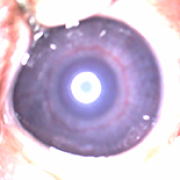
13 Apr 2024 : Clinical Research
Effect of Nasal Continuous Positive Airway Pressure on Retinopathy of Prematurity in Preterm Newborns: A Comparative Analysis with Mechanical Ventilation and High-Flow Nasal Cannula Therapy
Daniela M. Cioboata, Aniko M. Manea
DOI: 10.12659/MSM.943486
Med Sci Monit 2024; 30:e943486
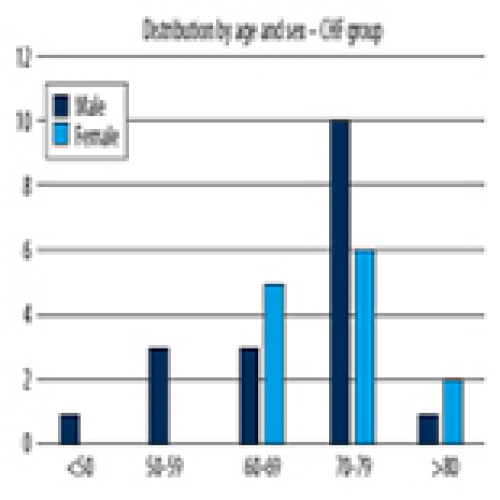
12 Apr 2024 : Clinical Research
Quality of Life of Chronic Heart Failure Patients During and After COVID-19: Observational Study Using EuroQoL-Visual Analogue Scales
Emoke Ilona Sukosd, Nilima Rajpal Kundnani ![]()
DOI: 10.12659/MSM.943301
Med Sci Monit 2024; 30:e943301
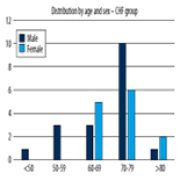
12 Apr 2024 : Clinical Research
Quality of Life of Chronic Heart Failure Patients During and After COVID-19: Observational Study Using EuroQoL-Visual Analogue Scales
Emoke Ilona Sukosd, Nilima Rajpal Kundnani ![]()
DOI: 10.12659/MSM.943301
Med Sci Monit 2024; 30:e943301
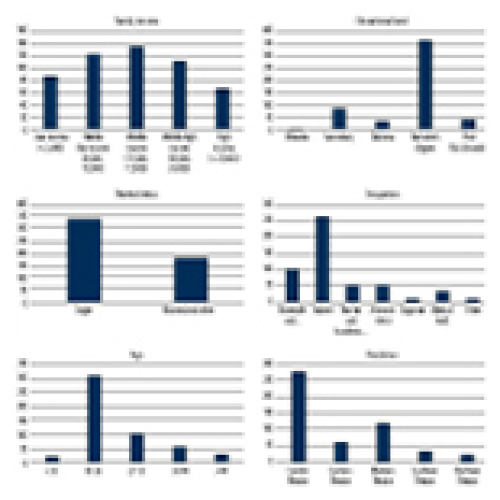
11 Apr 2024 : Clinical Research
Alexithymia and Quality of Life in Saudi Women with Polycystic Ovary Syndrome: A Community-Based Study
Leen E. Alturki ![]() , Gomanh M. Alofisan
, Gomanh M. Alofisan ![]()
DOI: 10.12659/MSM.943594
Med Sci Monit 2024; 30:e943594
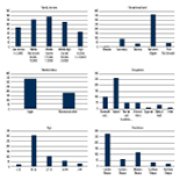
11 Apr 2024 : Clinical Research
Alexithymia and Quality of Life in Saudi Women with Polycystic Ovary Syndrome: A Community-Based Study
Leen E. Alturki ![]() , Gomanh M. Alofisan
, Gomanh M. Alofisan ![]()
DOI: 10.12659/MSM.943594
Med Sci Monit 2024; 30:e943594
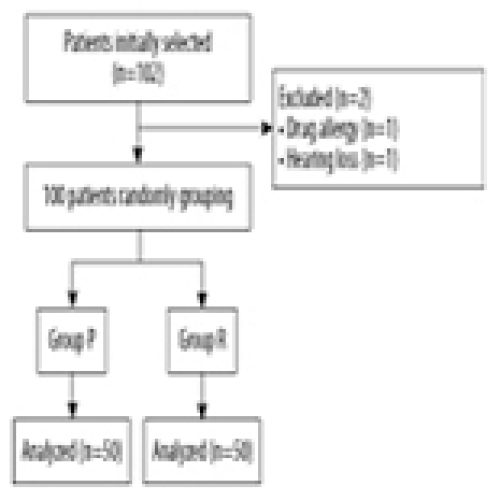
10 Apr 2024 : Clinical Research
Comparison of Remimazolam and Propofol on Postoperative Delirium in Elderly Patients Undergoing Radical Resection of Colon Cancer: A Single-Center Prospective Randomized Controlled Study
Tianlin Liu, Haochen Zhao
DOI: 10.12659/MSM.943784
Med Sci Monit 2024; 30:e943784
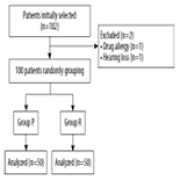
10 Apr 2024 : Clinical Research
Comparison of Remimazolam and Propofol on Postoperative Delirium in Elderly Patients Undergoing Radical Resection of Colon Cancer: A Single-Center Prospective Randomized Controlled Study
Tianlin Liu, Haochen Zhao
DOI: 10.12659/MSM.943784
Med Sci Monit 2024; 30:e943784
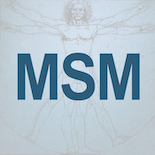
09 Apr 2024 : Review article
A Review of the Current Status of Anesthetic Management of Patients with Rheumatoid Arthritis
Paweł Radkowski ![]() , Maciej Szewczyk
, Maciej Szewczyk ![]()
DOI: 10.12659/MSM.943829
Med Sci Monit 2024; 30:e943829

09 Apr 2024 : Review article
A Review of the Current Status of Anesthetic Management of Patients with Rheumatoid Arthritis
Paweł Radkowski ![]() , Maciej Szewczyk
, Maciej Szewczyk ![]()
DOI: 10.12659/MSM.943829
Med Sci Monit 2024; 30:e943829
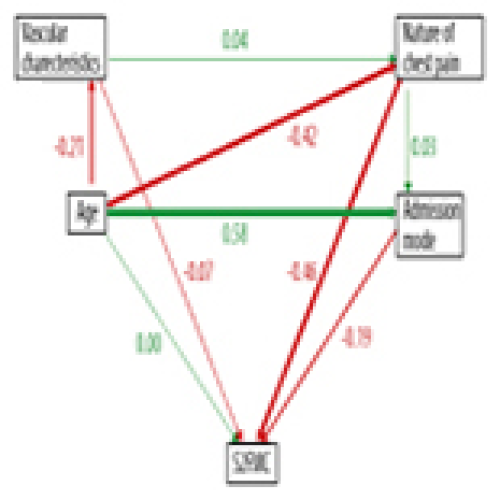
08 Apr 2024 : Clinical Research
Factors Influencing Time to First Medical Contact in Patients with Acute ST-Segment Elevation Myocardial Infarction: A Retrospective Analysis
Yong Sun, Qinnan Yang
DOI: 10.12659/MSM.942080
Med Sci Monit 2024; 30:e942080
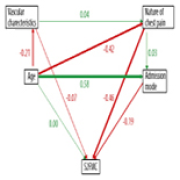
08 Apr 2024 : Clinical Research
Factors Influencing Time to First Medical Contact in Patients with Acute ST-Segment Elevation Myocardial Infarction: A Retrospective Analysis
Yong Sun, Qinnan Yang
DOI: 10.12659/MSM.942080
Med Sci Monit 2024; 30:e942080
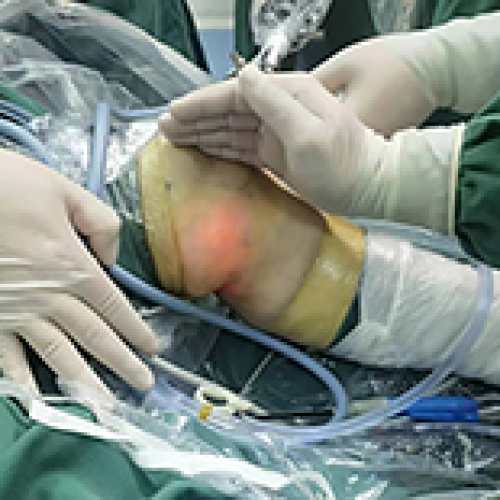
07 Apr 2024 : Clinical Research
Arthroscopic Treatment of Popliteal Cyst Through the Posterior Portal: A Comprehensive Clinical Study
Kanghua Yang, Zhengnan Li
DOI: 10.12659/MSM.943472
Med Sci Monit 2024; 30:e943472
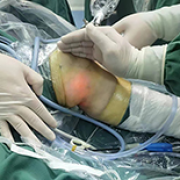
07 Apr 2024 : Clinical Research
Arthroscopic Treatment of Popliteal Cyst Through the Posterior Portal: A Comprehensive Clinical Study
Kanghua Yang, Zhengnan Li
DOI: 10.12659/MSM.943472
Med Sci Monit 2024; 30:e943472

06 Apr 2024 : Clinical Research
Nutritional Status and Quality of Life in Patients with Oral Squamous Cell Carcinoma Before and After Surgical Oncological Treatment: A Single-Center Retrospective Study
Miloš Z. Stojanović, Dragan Krasić
DOI: 10.12659/MSM.943844
Med Sci Monit 2024; 30:e943844

06 Apr 2024 : Clinical Research
Nutritional Status and Quality of Life in Patients with Oral Squamous Cell Carcinoma Before and After Surgical Oncological Treatment: A Single-Center Retrospective Study
Miloš Z. Stojanović, Dragan Krasić
DOI: 10.12659/MSM.943844
Med Sci Monit 2024; 30:e943844
Editorial
01 April 2024 : Editorial
Editorial: Forty Years of Waiting for Prevention and Cure of HIV Infection – Ongoing Challenges and Hopes for Vaccine Development and Overcoming Antiretroviral Drug ResistanceDOI: 10.12659/MSM.944600
Med Sci Monit 2024; 30:e944600
In Press
05 Mar 2024 : Clinical Research
Role of Critical Shoulder Angle in Degenerative Type Rotator Cuff Tears: A Turkish Cohort StudyMed Sci Monit In Press; DOI: 10.12659/MSM.943703
06 Mar 2024 : Clinical Research
Comparison of Outcomes between Single-Level and Double-Level Corpectomy in Thoracolumbar Reconstruction: A ...Med Sci Monit In Press; DOI: 10.12659/MSM.943797
21 Mar 2024 : Meta-Analysis
Economic Evaluation of COVID-19 Screening Tests and Surveillance Strategies in Low-Income, Middle-Income, a...Med Sci Monit In Press; DOI: 10.12659/MSM.943863
10 Apr 2024 : Clinical Research
Predicting Acute Cardiovascular Complications in COVID-19: Insights from a Specialized Cardiac Referral Dep...Med Sci Monit In Press; DOI: 10.12659/MSM.942612
Most Viewed Current Articles
17 Jan 2024 : Review article
Vaccination Guidelines for Pregnant Women: Addressing COVID-19 and the Omicron VariantDOI :10.12659/MSM.942799
Med Sci Monit 2024; 30:e942799
14 Dec 2022 : Clinical Research
Prevalence and Variability of Allergen-Specific Immunoglobulin E in Patients with Elevated Tryptase LevelsDOI :10.12659/MSM.937990
Med Sci Monit 2022; 28:e937990
16 May 2023 : Clinical Research
Electrophysiological Testing for an Auditory Processing Disorder and Reading Performance in 54 School Stude...DOI :10.12659/MSM.940387
Med Sci Monit 2023; 29:e940387
01 Jan 2022 : Editorial
Editorial: Current Status of Oral Antiviral Drug Treatments for SARS-CoV-2 Infection in Non-Hospitalized Pa...DOI :10.12659/MSM.935952
Med Sci Monit 2022; 28:e935952


